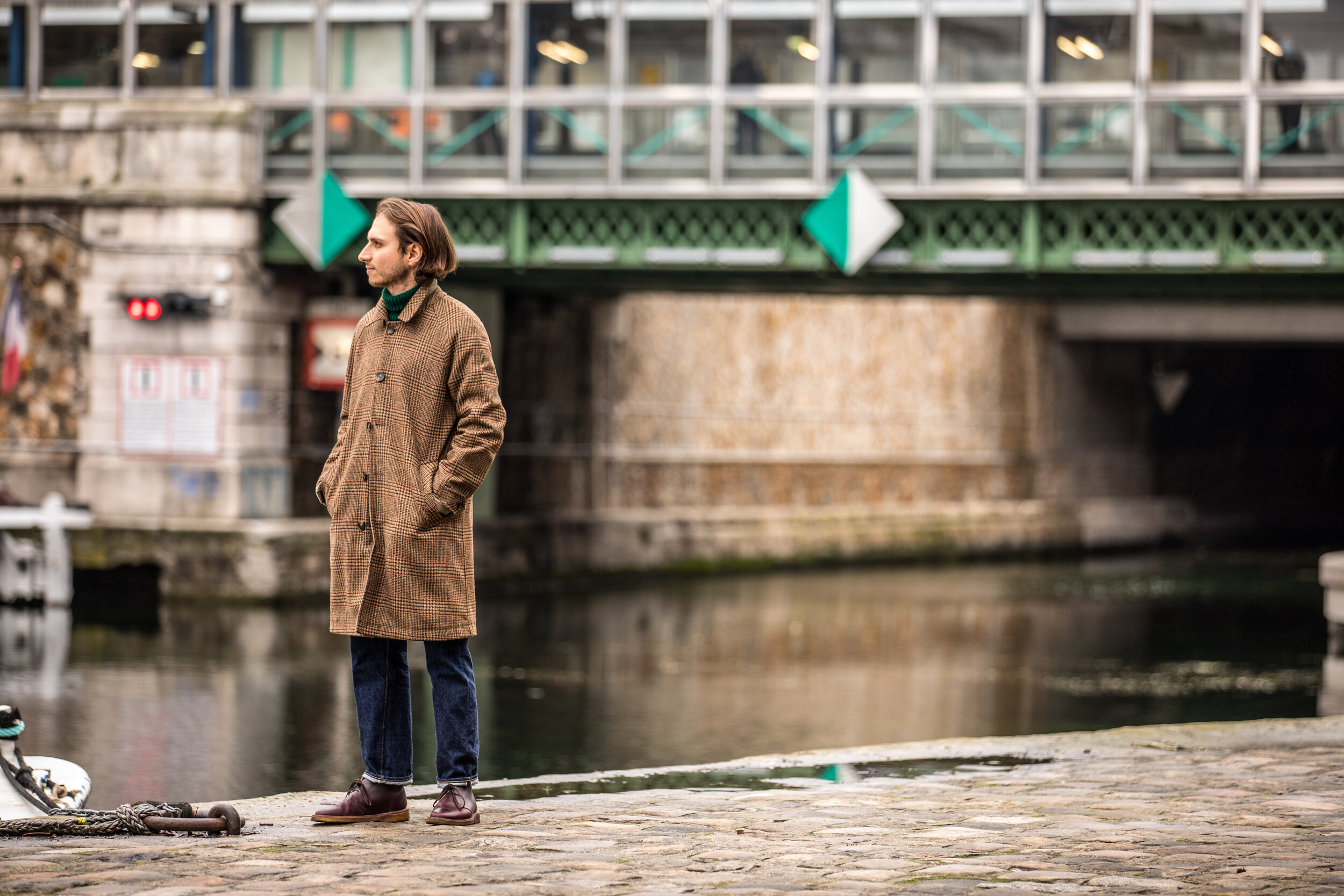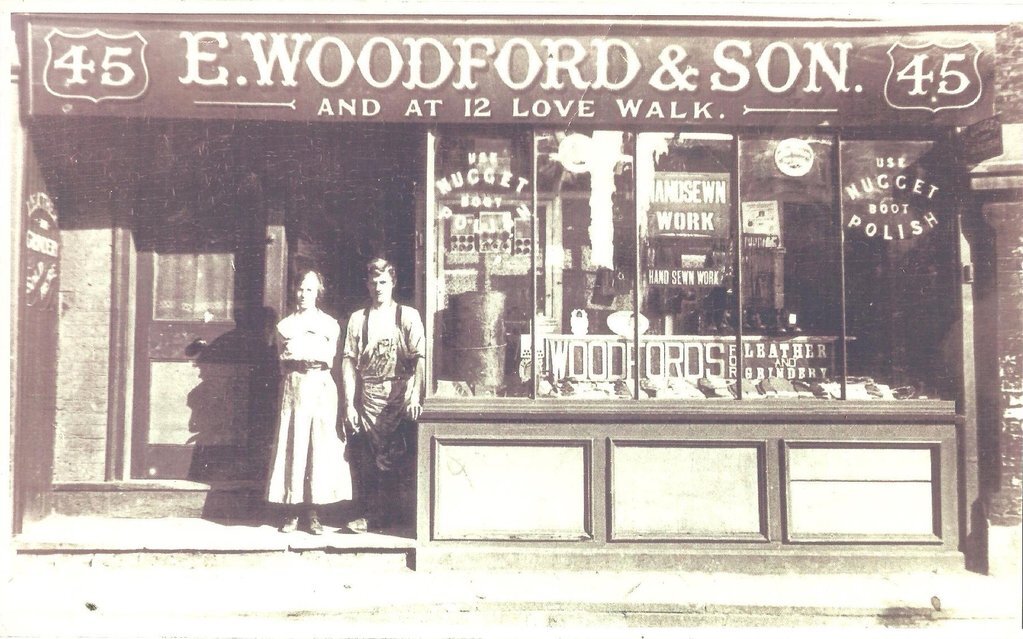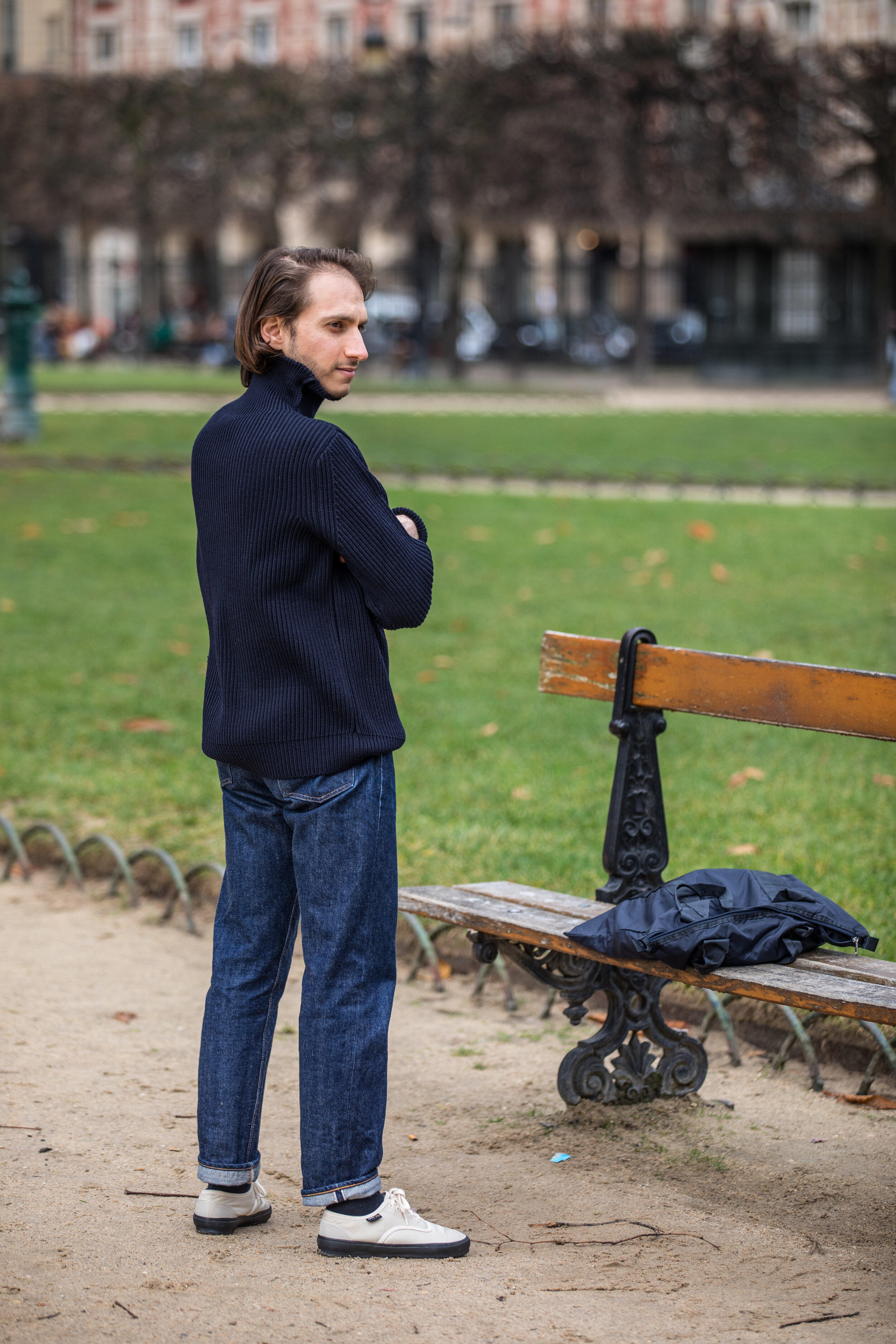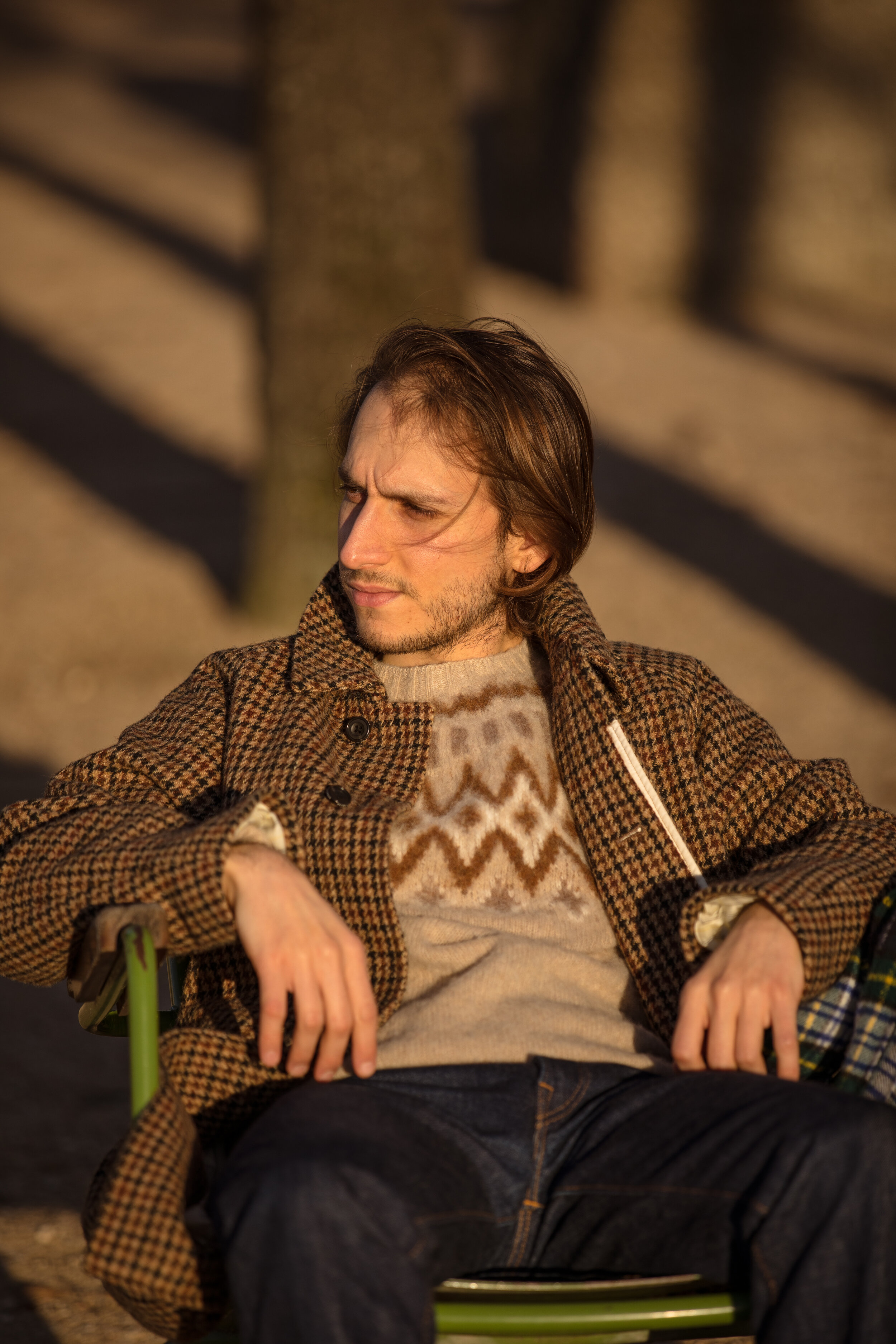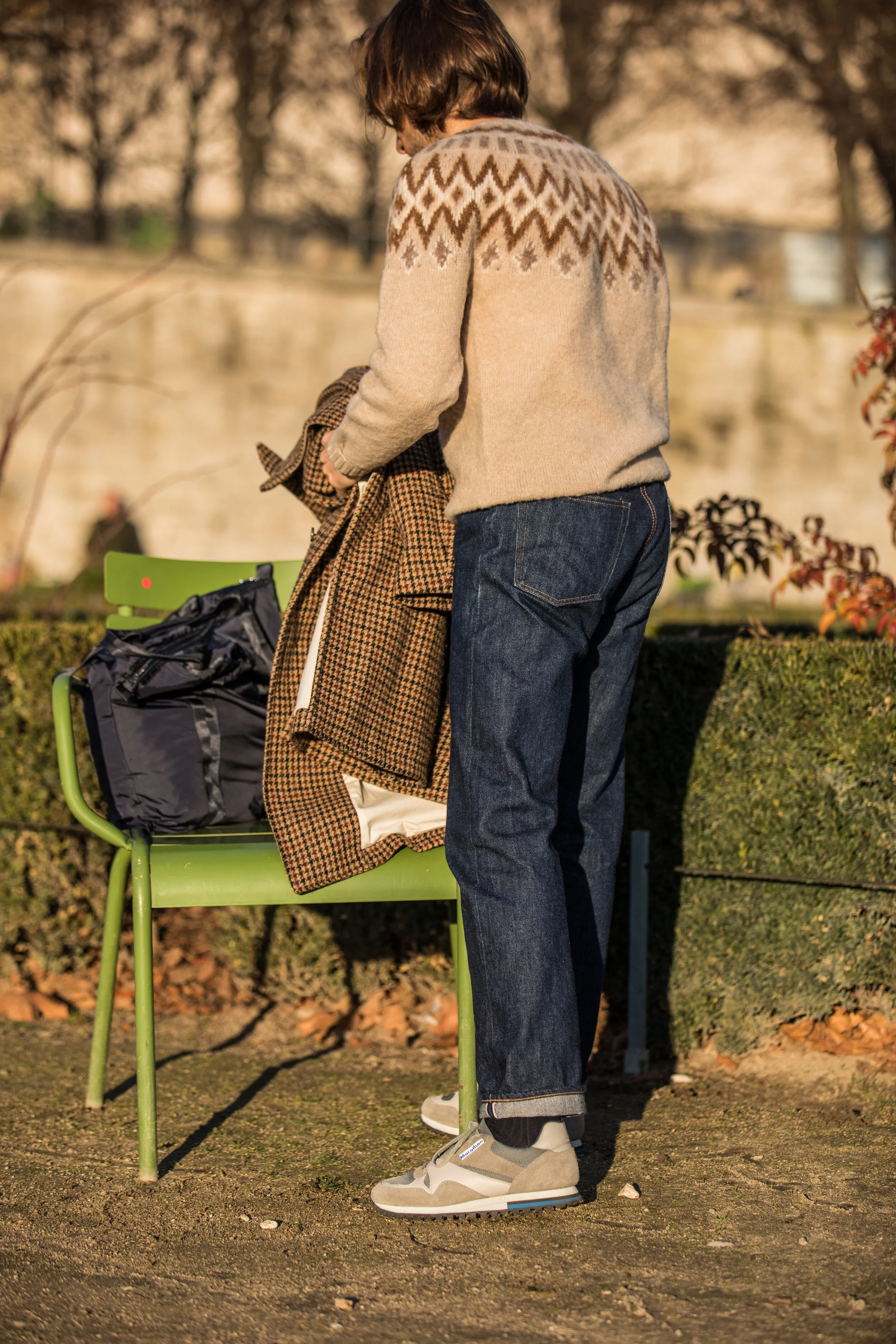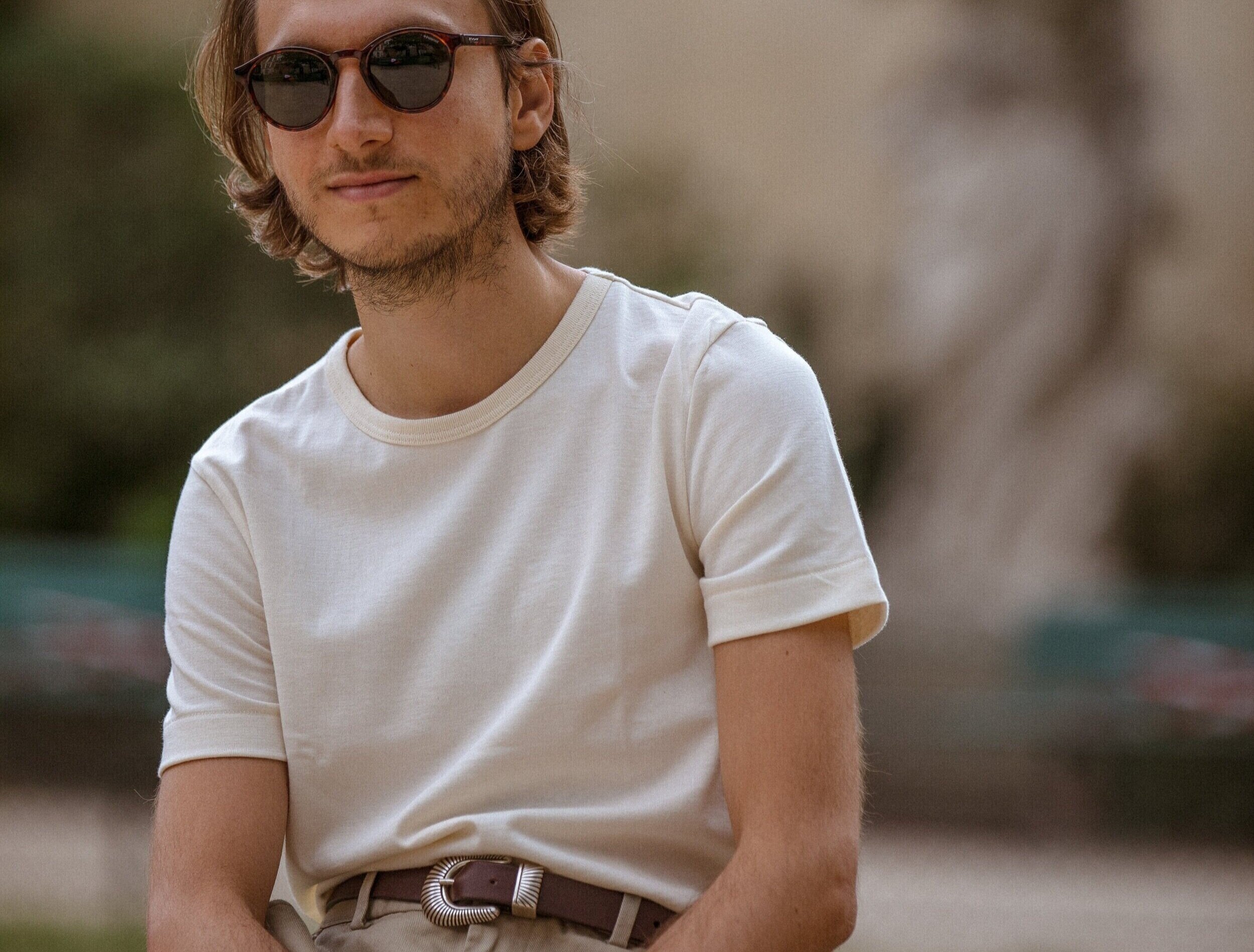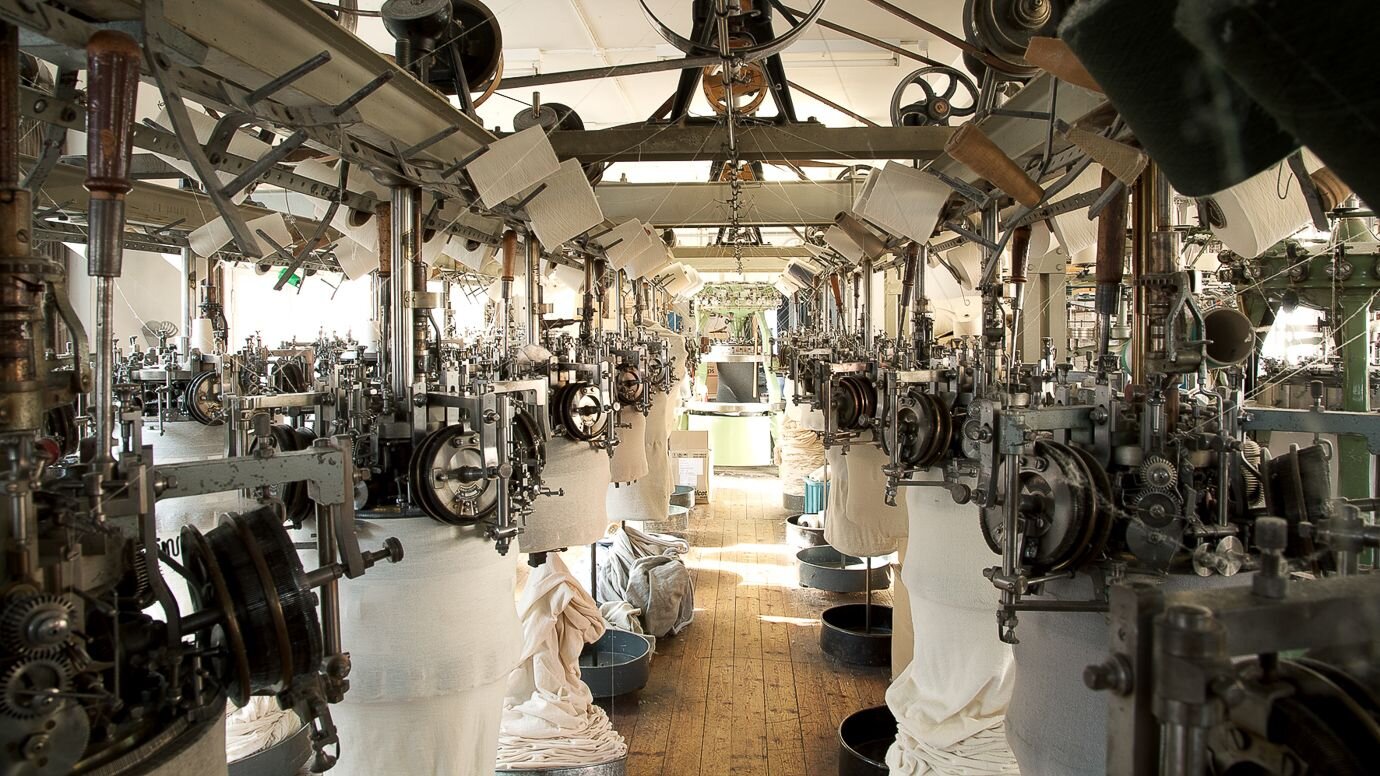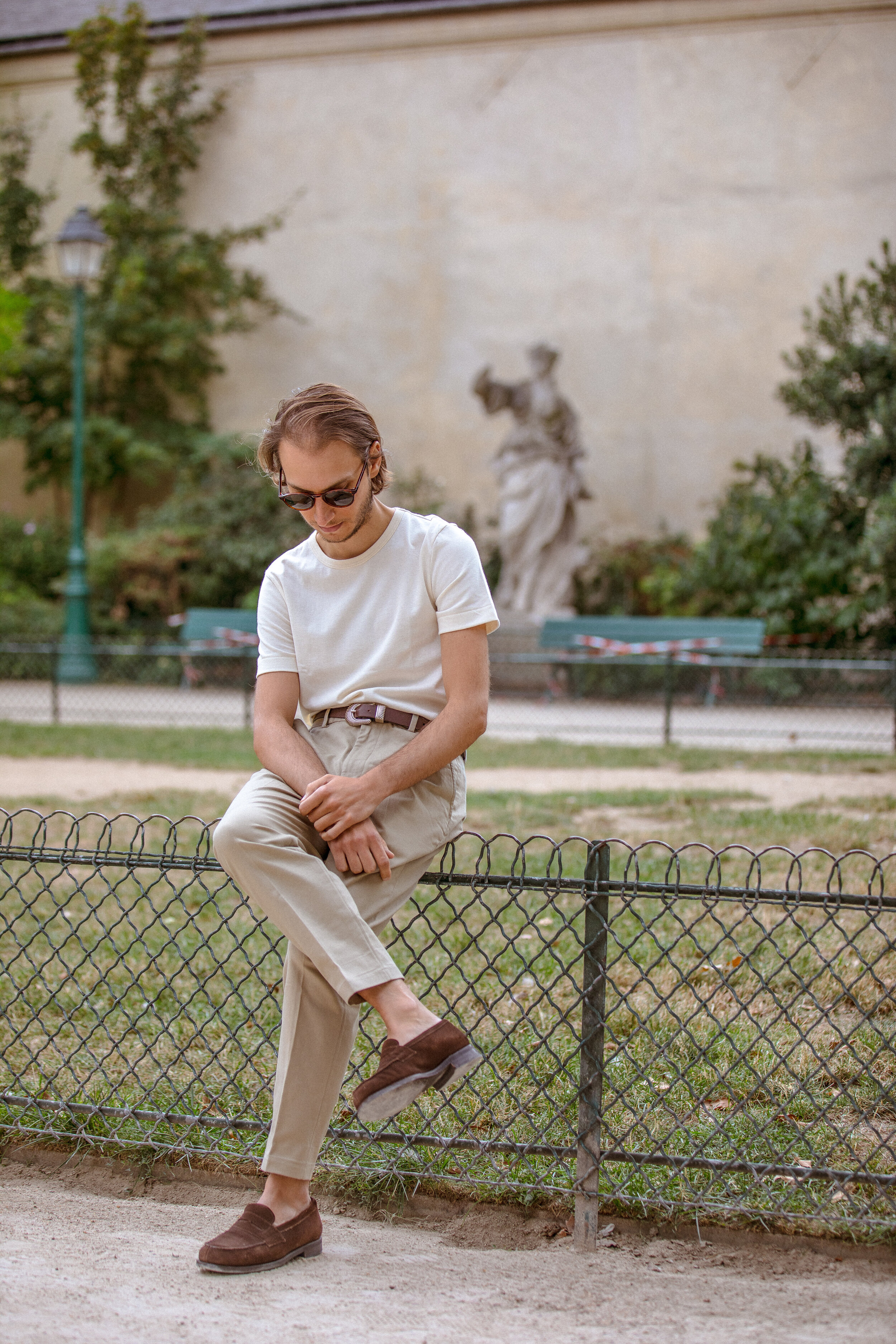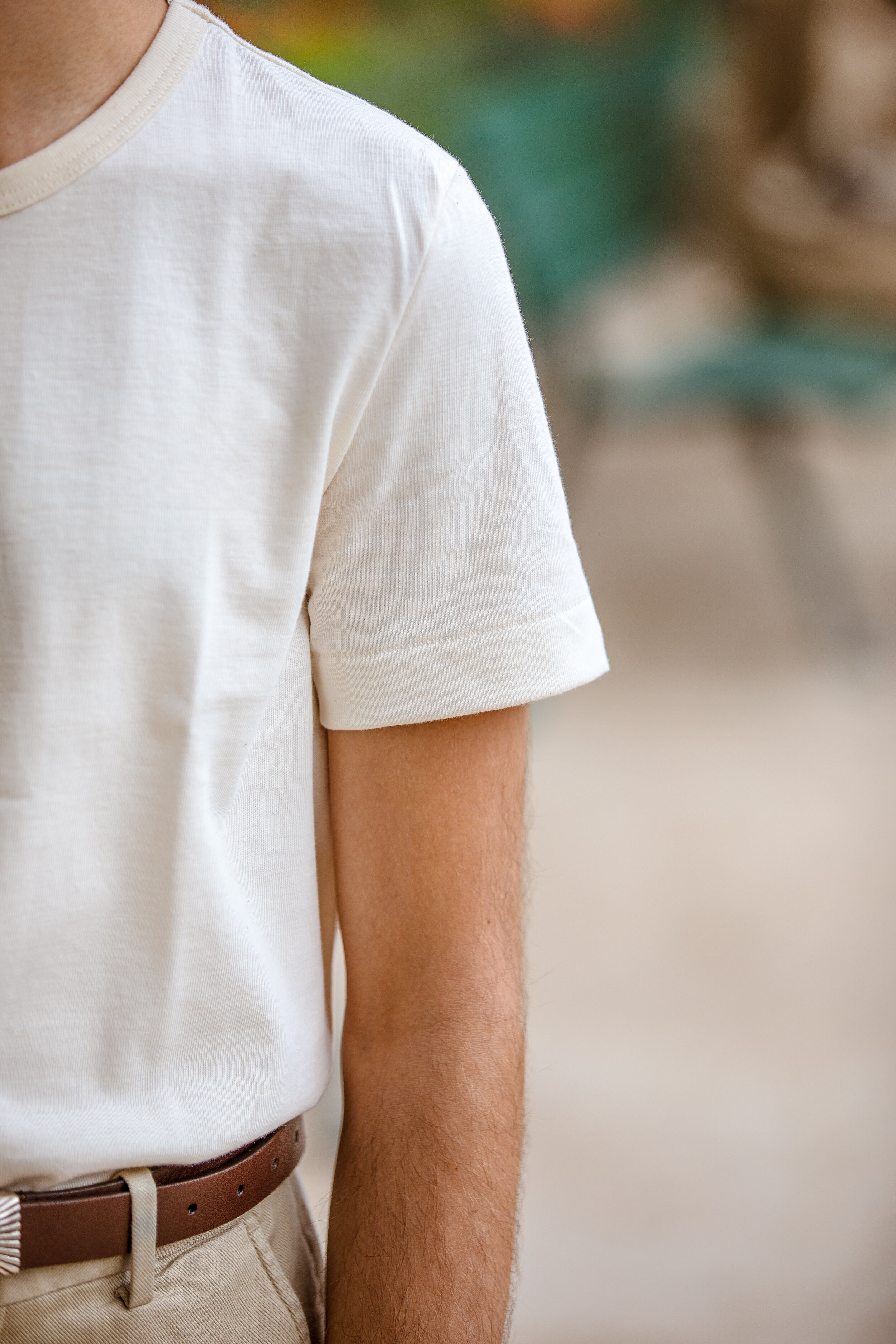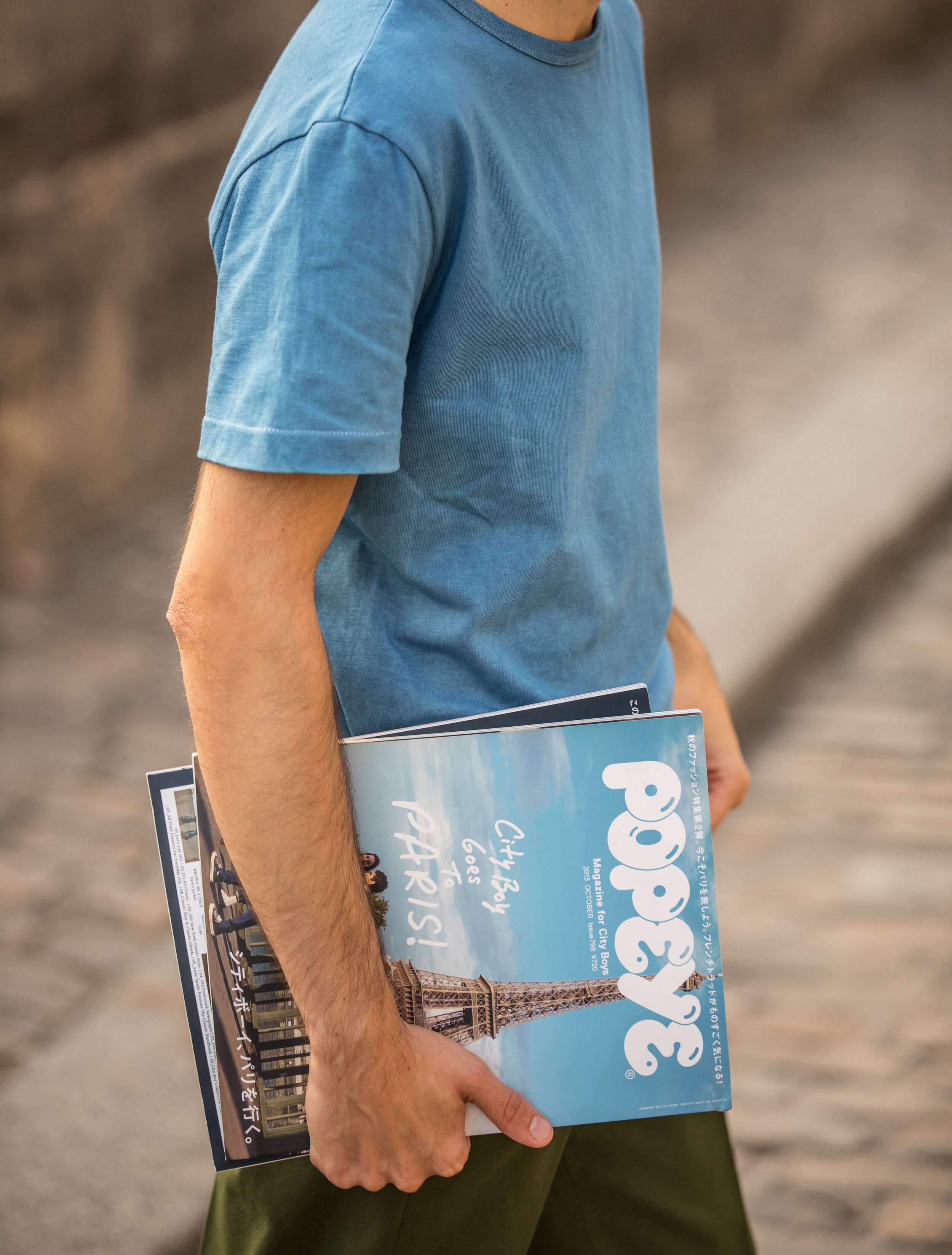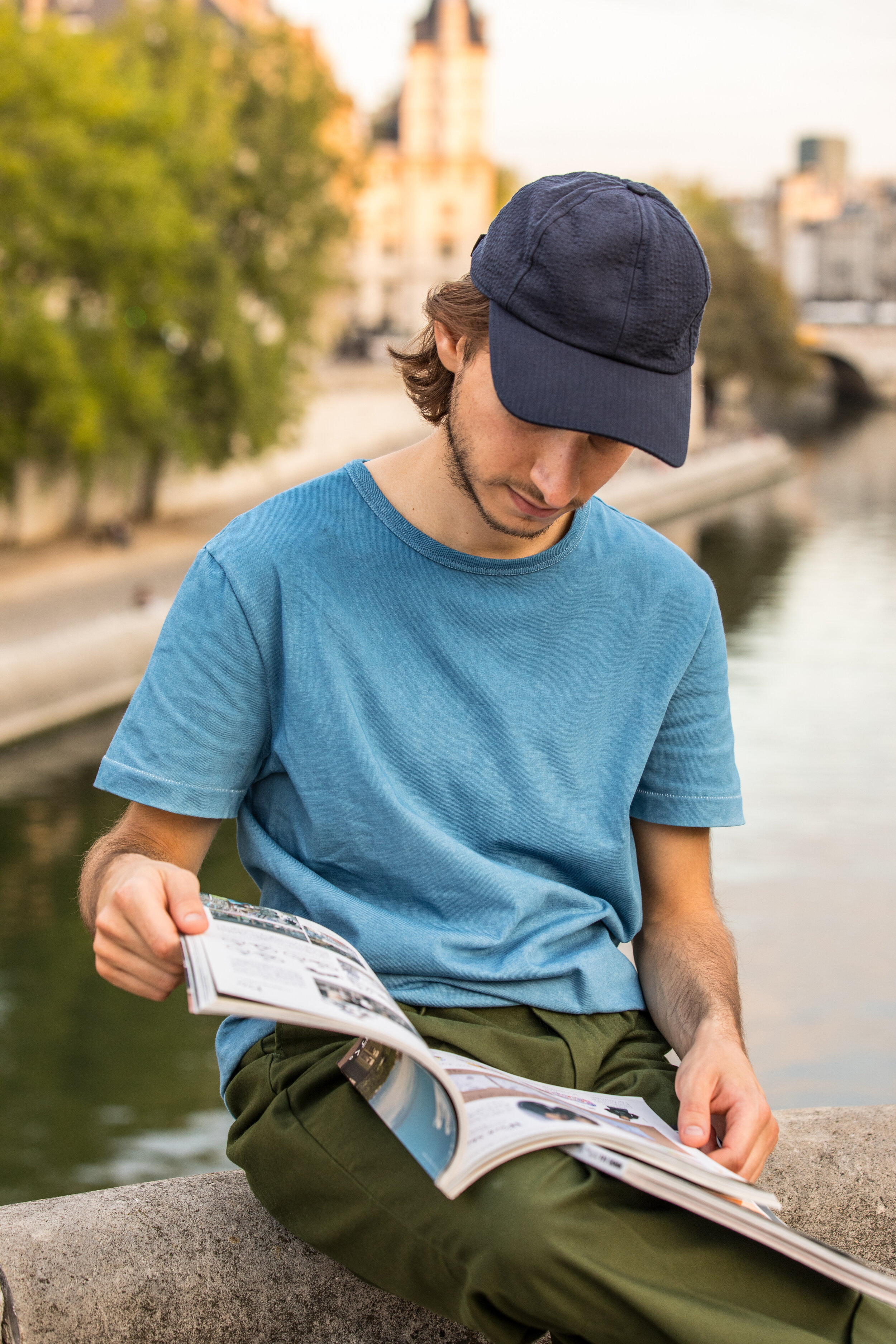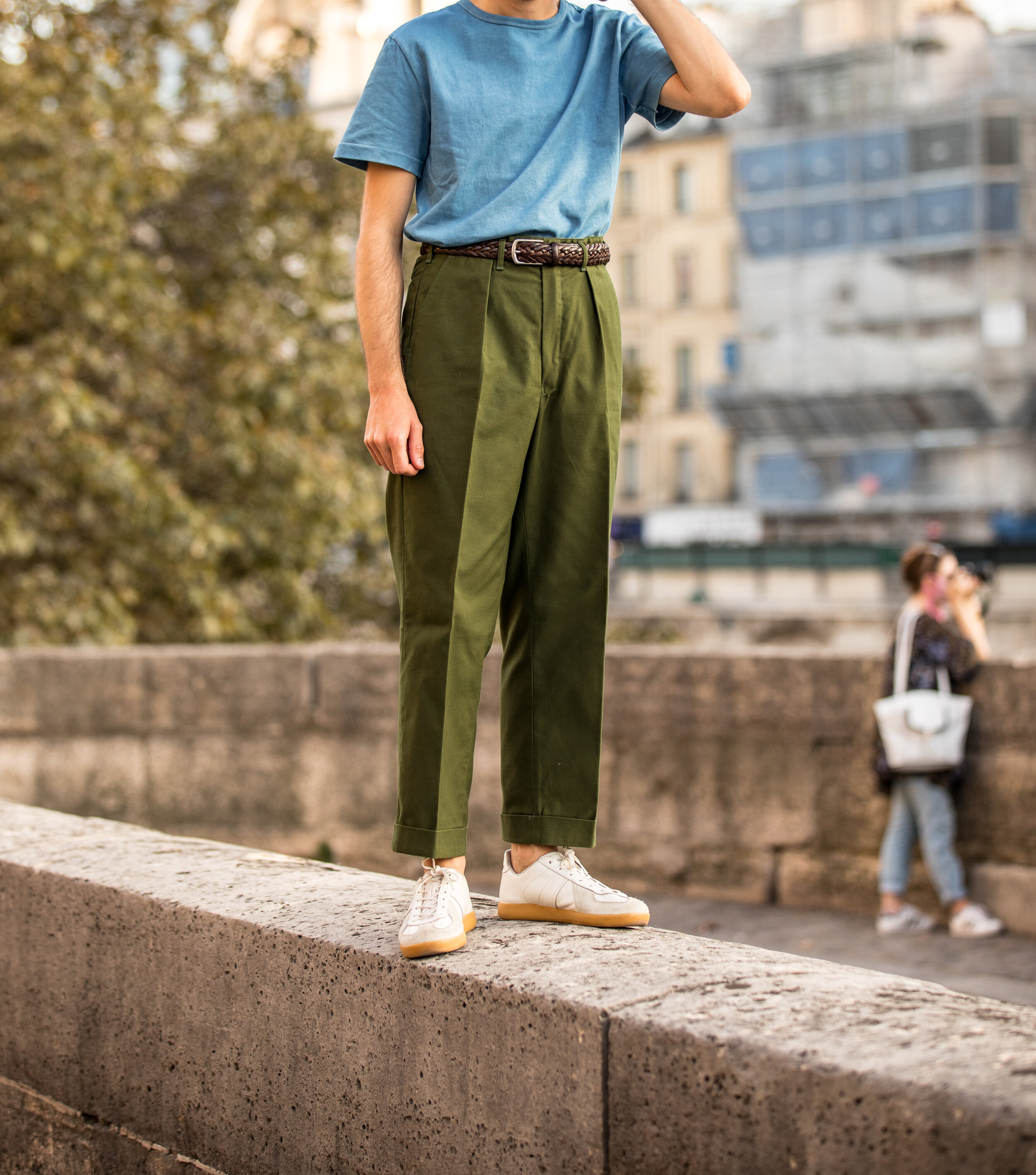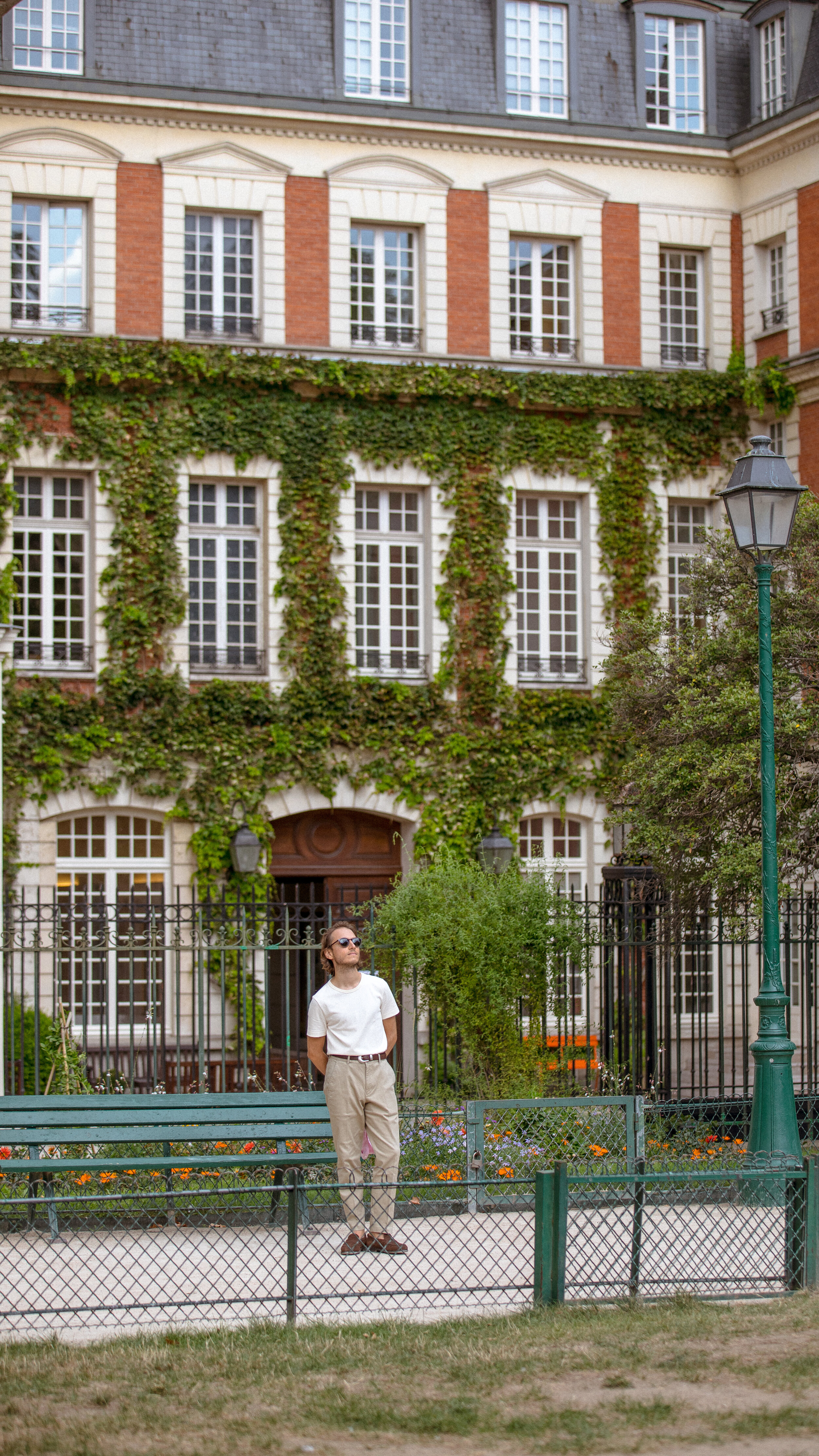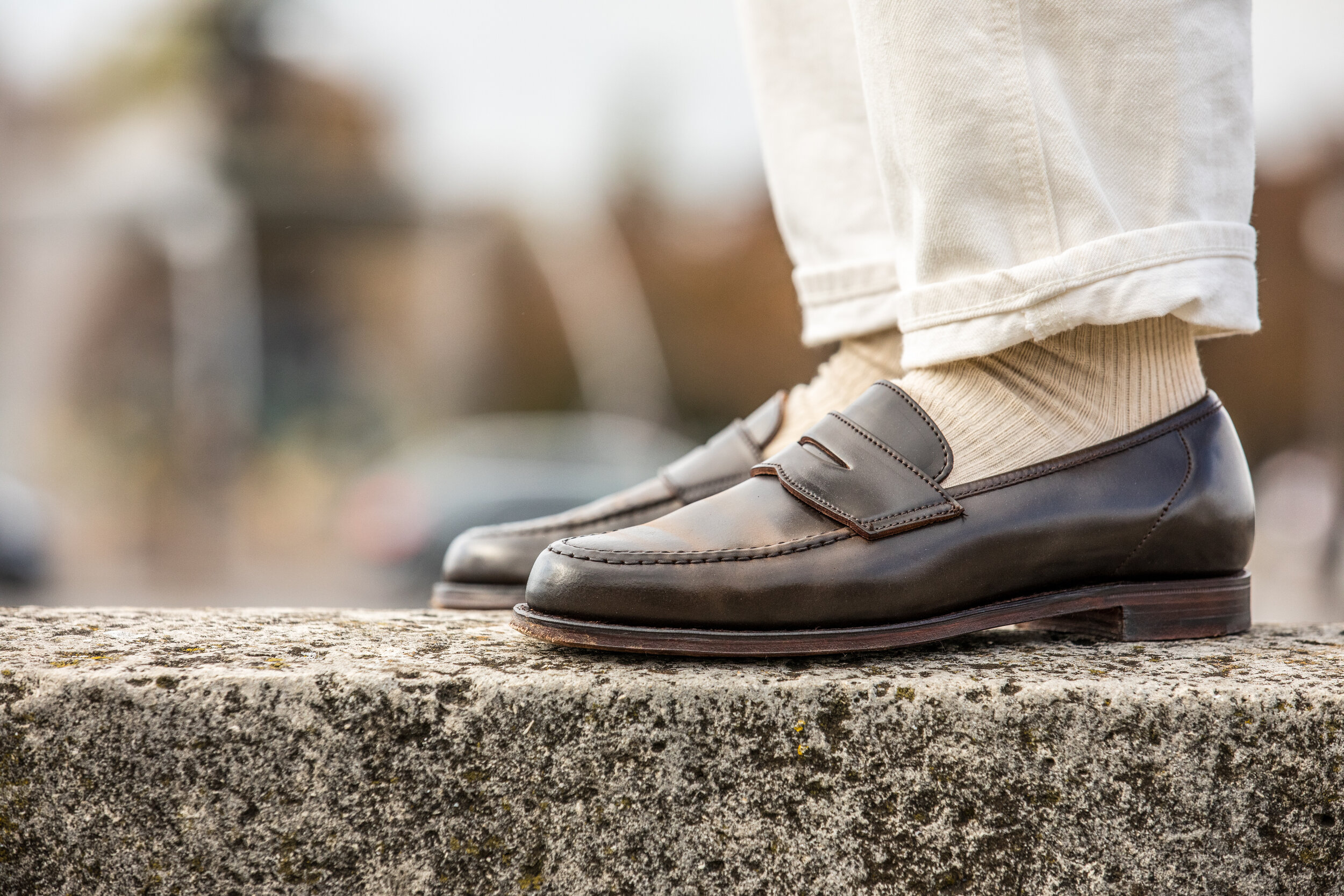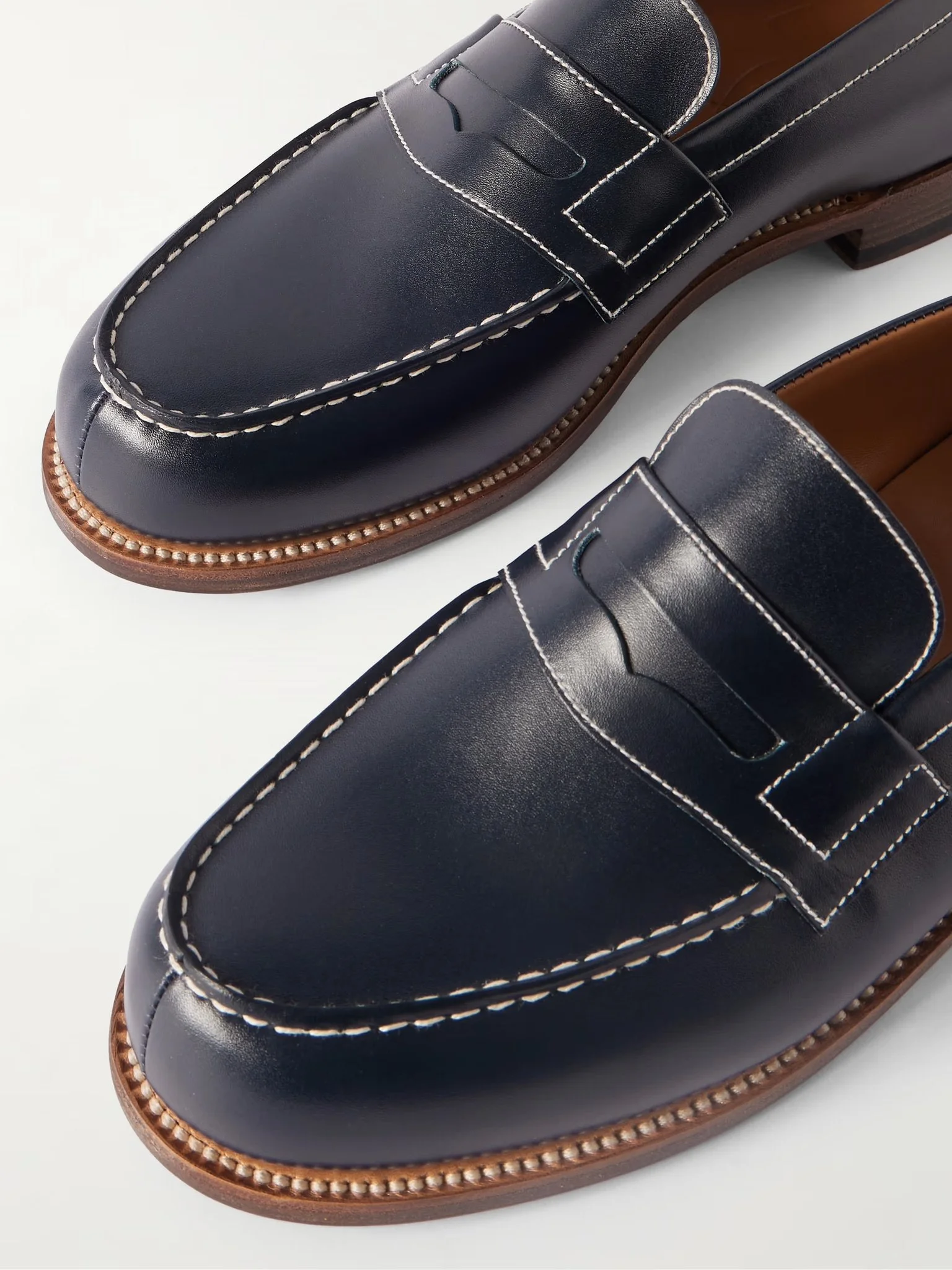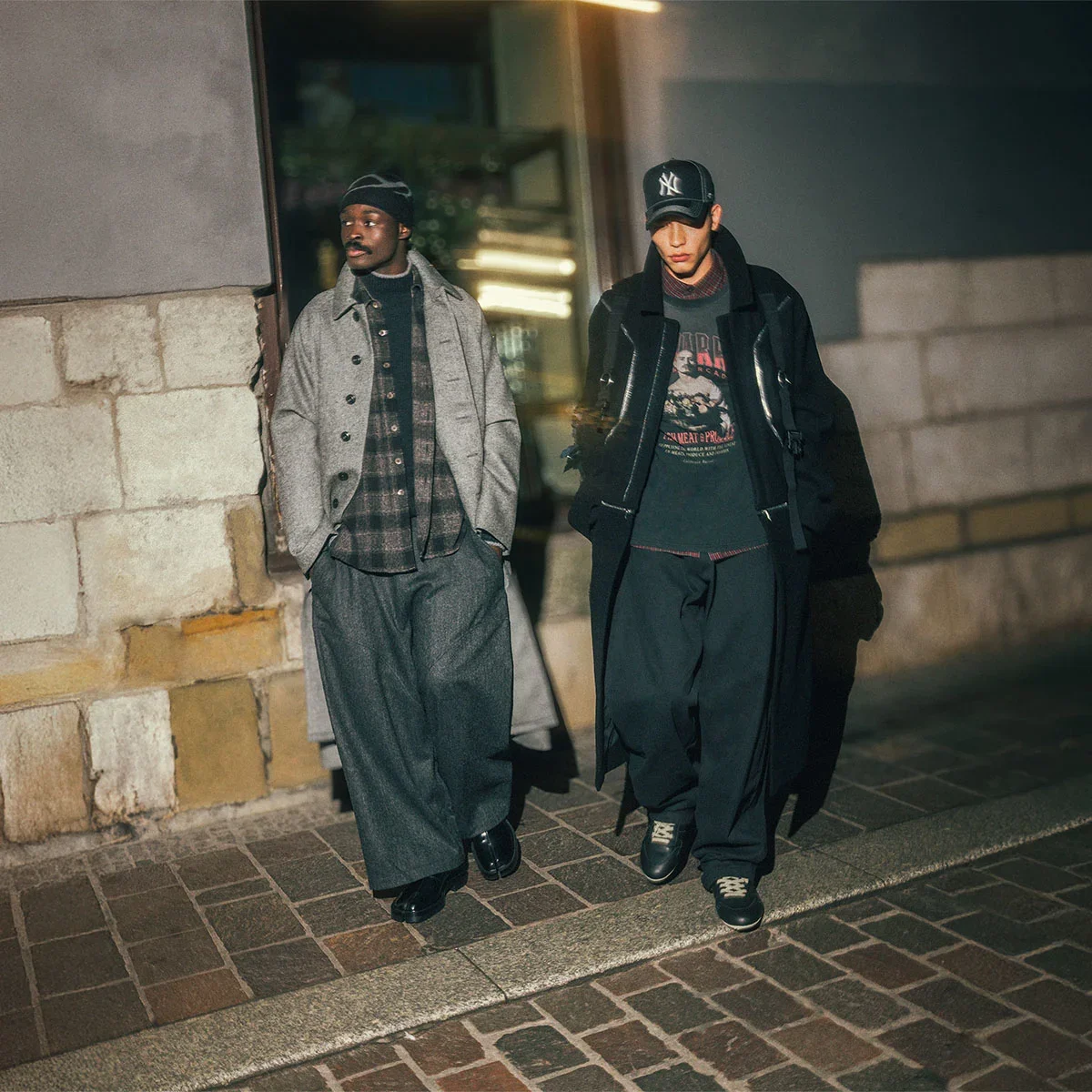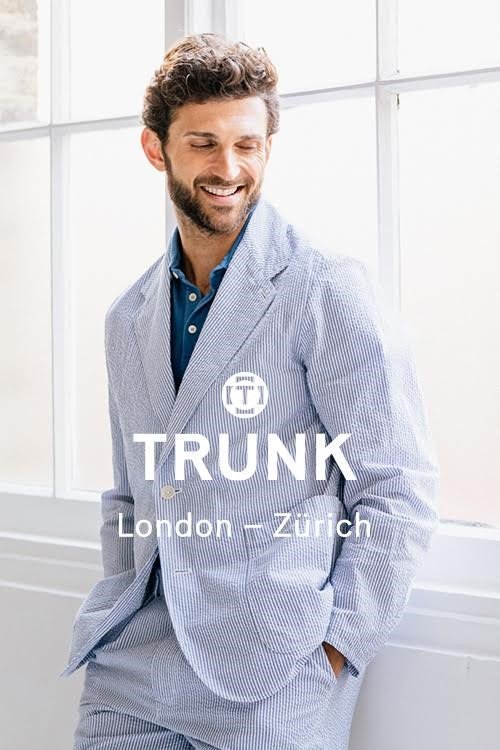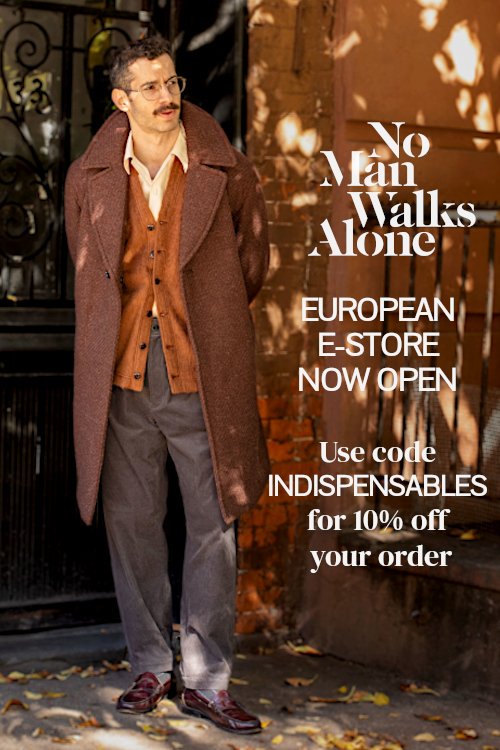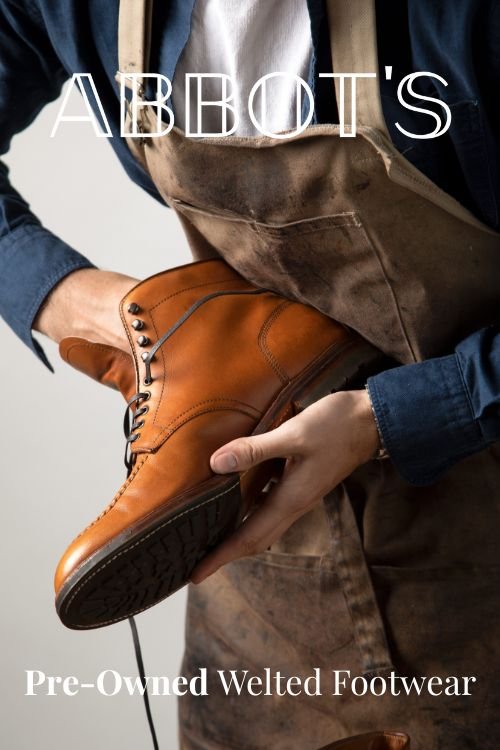The Anthology - Lazyman Jacket
/Text: Marcos Eliades
Photos: Thomas M.
2020, what a year. Punctuated by two French lockdowns and a global pandemic of unprecedented magnitude, the past year will be remembered.
It seemed futile to worry about anything other the well-being of others or one's health. "Eppure, si muove" would have said Galileo. Yet the world continued to work and the Skypéro (in French, contraction of “Skype” and “aperitif”) became legion to the detriment of hugs and handshakes with friends and family. For many, questions of appearance or daily dress were relegated to the background. Rightly so, you might say. How can we think about clothing when we are in the eye of the storm? Quite simply because it constitutes our body envelope, literally our second skin. The euphoria of indoor clothing during the first weeks of lockdown gradually gave way to an irresistible urge to get dressed up again. I remember how I meticulously prepared my outfits for the authorized and strictly supervised outings within a one-kilometer radius. A pair of beige chinos, black penny loafers, a white crew t-shirt, a chambray shirt and a denim jacket. Not knowing when we would be free again, I opted for outfits that filled me with joy when I composed them. Although my accessories of the moment were the alcohol solutions and home-made masks, I found a semblance of normality. However, as in any crisis, rays of light emerge. Men's fashion brands began to mobilize to make their contribution helping caregivers. This is notably the case of the Hong Kong brand The Anthology, which created colorful cotton t-shirts to support this cause.
Since two years, The Anthology offers clothing adapted to our urban and bucolic outings. Thus was born the Lazyman Jacket.
Let’s have a closer look.
A suit story
The two founders, Andy Chong and Buzz Tang, are passionate about the art of tailoring. It was therefore logical they founded The Anthology by offering a bespoke suit service.
The suits made by the duo are inspired by the traditional art of tailoring, but revisited by offering generous low-gorge lapels soft padding. The silhouette is natural, the shoulders are well constructed and are rather inspired by English than Italian craftsmanship: this gives it a more timeless look. Nonetheless, "soft tailoring" irrigates The Anthology: it is easy to wear a suit without overdressing it. In a world that is becoming less formal, it is essential to be comfortable in one's clothes above all, this does not mean being neglected.
The Anthology pushes to the exploration of clothing, without being avant-gardist for all that. Although blue and grey are essential colors for men's wardrobe, the brand pushes men to explore English or Italian fabrics with patterns and colors that remain classic, elegant and adapted to everyday life.
Without any further ado, here is Buzz Tang, co-founder of The Anthology, let’s see what he has to say.
How did The Anthology come to exist?
A story of two like-minded, like how many other businesses started.
Having the privilege to run The Anthology is a matter of serendipity and also “right time right place”: I met Andy, who is the other pillar of The Anthology when I was 18. We share the same goal in terms of how we perceive a brand, but also have very different perspectives. Thus, we effectively fill each other’s gaps which in turn makes the label more all-rounded. Based on his expertise in bespoke tailoring and my prior experience on Savile Row, Andy and I knew there would be an opportunity to start a concept shop that conveys the story of a modern man who carries that tasteful eclectic identity, a bricolage of the modern and the old. Thus, The Anthology was born.
Where did you use to make your suits prior to founding The Anthology?
An old tailor my dad used to visit, an open-minded senior who sadly passed away. He was a man with no boundaries. I also commissioned bespoke pieces from a few renowned Italian names whilst I was in London. In terms of ready-to-wear tailoring garments, I was spoilt by my uncle, who was a big Ralph Lauren Purple Label patron.
Where do you draw inspiration from?
Everywhere. Certainly, less on the famous menswear icons but things surrounding us, say art pieces and Pantone. I always think clothing should be relatable than to look pompous. We are not costume designers as much as I have a lot of respect for these geniuses.
What is The Anthology’s « House cut »?
Contemporary with a hint of old-school glamour. Soft, laid-back style, which is presented via the use of soft shoulders, with slightly roped and extended shoulders that retain a bit of formality. A fuller and more generous cut in consideration of practicality comfort. Without comfort, a person can hardly look at ease and confidence.
Our house style also features extended wide shoulders, a low gorge and a specific balance of collar and lapel proportions that we’ve tweaked for almost a year, in which we see these details the most distinctive details of our design.
What do you think of modern tailoring today?
Define modern tailoring. If it’s about people wearing suits with sneakers, I’m certainly not against it. People trying to incorporate tailoring with fashion items? I am a fan. There’s only so much we can do with traditional tailoring, and it is not a bad thing to broaden our horizons, especially in 2021.
What effect do you think the pandemic is having on menswear?
Certainly a lot. People get to wear fewer suits, shifting to more casual wear pieces. The suiting market certainly deteriorates in most parts of the world but that doesn’t mean it’s a bad thing. It may lead to new opportunities. Perhaps we can get to see more interesting sport jackets and trousers combo in the coming years?
What does the future hold for The Anthology?
Evolution and reinvention. The team and I are thinking of how we can refine our products, service, aesthetics and identity every day.
‘To unlearn and learn from classics in order to make things modern’ - that has been our motto since Day 0. We will respectfully shun the traditional aesthetics and make tailoring pieces modern and adaptable in our daily lives, and will also remember sartorialism is a sweet reminiscence of the old times, but it might not be sustainable decades down the road. In order to make this sunset industry survive, we need to democratize this genre - to create original designs that are partially inspired from yesterday, but designed for today and the future.
The opposite of laziness: the Lazyman jacket
What to wear when you are home-working but the desire not to give in to indoor tracksuits becomes a personal affair?
A jacket with a 47% wool, 38% baby llama, 5% cashmere and 10% polyamide composition is the answer.
The color blue is undoubtedly man's best friend. Add to this an unlined and completely unstructured jacket and you have a perfect cocktail. The Lazyman jacket looks as good as a cardigan as it does a jacket. It has three functional pockets, roll up sleeves and adjustable side tabs in the back.
The fabric was woven in Biella, Italy, and is quite astonishingly soft. This jacket is designed to be worn every day and is perfect for different occasions. With or without a shirt, with or without a tie, the jacket is a perfect modern hybrid piece.
I'm wearing a Vitale Barberis Canonico gray flannel sartorial pant, Alden tassel loafers and a John Smedley turtleneck. But I could very well have worn jeans and sneakers. In the end, the jacket is very versatile thanks to this textured fabric.
The perfect compromise of not being over-dressed
Finally, the Lazyman jacket fits perfectly to our (new) everyday life as well as to the old one. It is easy to put it over a sweater and the navy-blue color is by no means dull, thanks to this particular fabric.
A nice brand to discover, the jacket is available here: https://theanthology.net/shop/lazyman-jacket-navyteal-boucle
Check out the rest of The Anthology's website and their Instagram account: a real source of inspiration!




